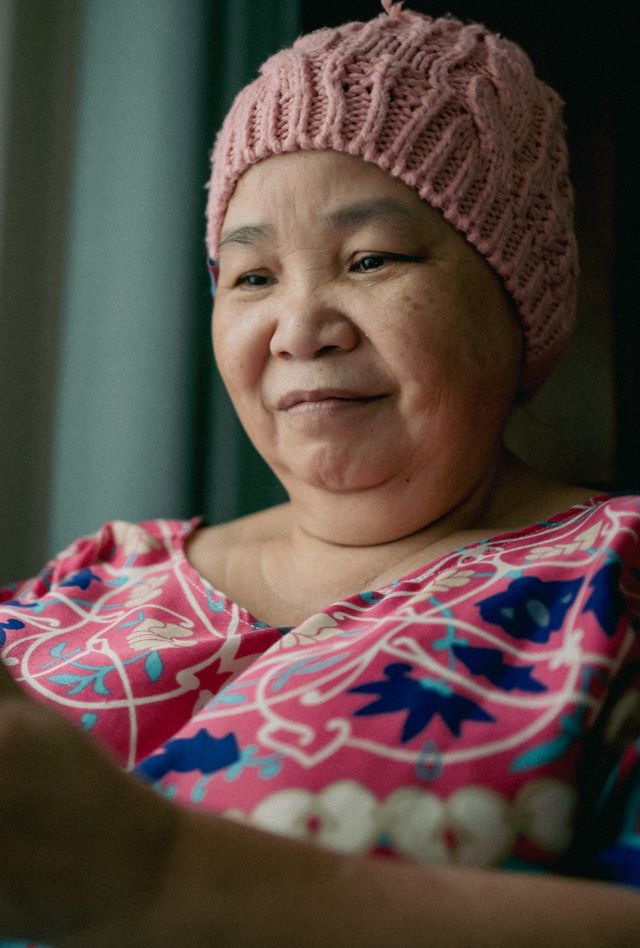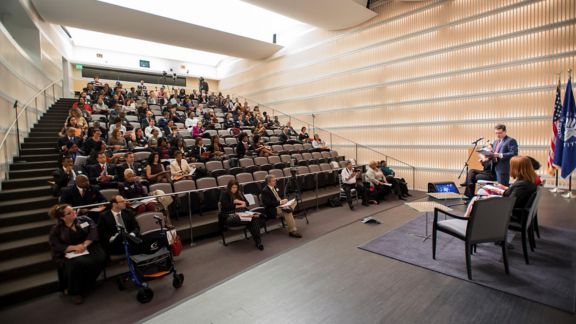Using Social Media to Recruit Cancer Research Participants

Problem
Social Media has promise for recruitment into survey research, but its pros and cons were untested.
With funding from the Centers for Disease Control and Prevention, NORC conducted the Using Social Media for Recruitment (SMFR) in Cancer Prevention and Control Survey-Based Research to assess the feasibility of using social media platforms to recruit respondents for cancer prevention and control research.
Compared to more standard recruitment methods, using social media as a sampling frame provides some significant advantages. It’s significantly cheaper to use, data can be collected quickly, and there is less data entry and management required to build analyzable data sets. However, there are some downsides, including the difficulty of randomly selecting respondents and an inability to calculate a formal response rate. NORC was selected by the CDC’s National Center for Chronic Disease Prevention and Health Promotion to explore these limitations and develop strategies to address them.
Solution
NORC scientists systematically assessed social media recruitment approaches for people with varying experiences with cancer.
The project consisted of four online surveys targeting three distinct populations and will use Facebook and Google as tools for recruiting participants. The three targeted groups were cancer survivors, those at high risk for cancer, and the general population. Depending on the group, questions focused on cancer screening, post-treatment wellness, and communication with family members, whether about cancer risks or genetic test results.
Result
Recruitment through social media was effective in garnering participation from multiple underserved groups.
The unique non-probability sampling approach used for the SMFR study was effective in targeting the specific and hard-to-reach population of individuals who have had genetic testing for cancer risk, as well as two other populations of interest: general population adult women and cancer survivors. The recruitment resulted in over 750 completed surveys from each of the high risk and survivor groups and 500 completed surveys from the general population group.








